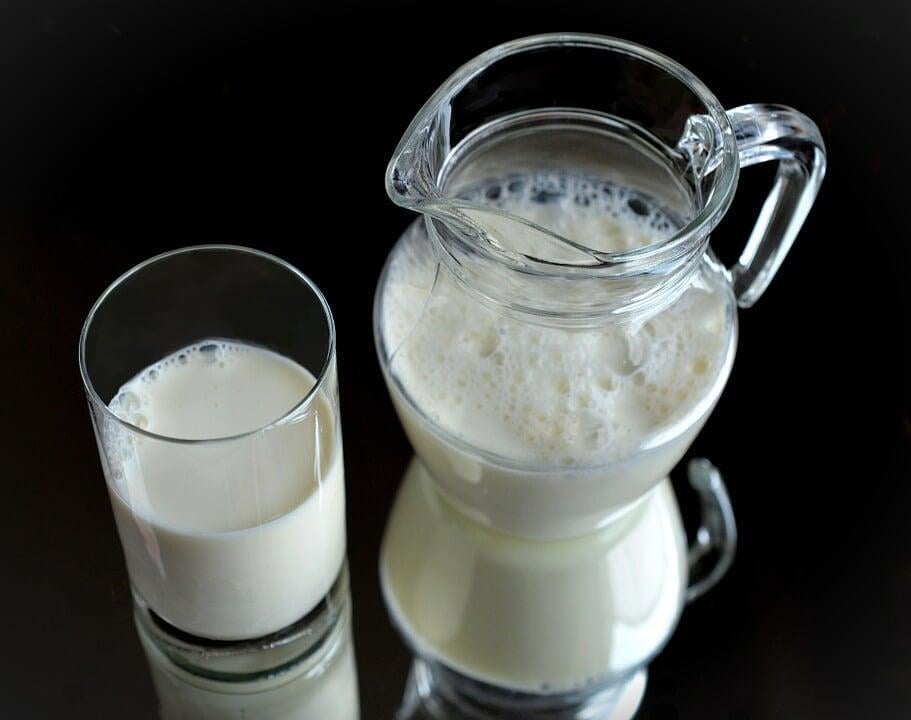All of us know that milk is one drink that is widely adulterated. Would you like to hazard a guess, to what extent? Let's keep that information for the end.
Common adulterants added to milk
- Water is the most common adulterant added to milk. It is harmless, but it does lower the nutritional value of milk because of dilution.
- Detergent is another common ingredient which is widely used in making synthetic milk. Detergents emulsify vegetable fats and have a frothy white characteristic which resembles that of milk. Consuming such milk is very harmful and may lead to damaging the kidneys over prolonged usage.
- Starch is another adulterant which goes into making synthetic milk. It helps in increasing the volume of synthetic milk and in keeping the SNF values (solids-not-fat) at levels comparable to that of whole milk. If undigested, starch can present the symptoms of diarrhoea in the victim. Accumulation of this undigested starch can prove fatal for people who have diabetes.
How to detect adulterants in milk
You can carry out these simple tests at your home to detect the presence of specific adulterants in milk.
Test for water
Pour a drop of milk on a smooth and tilted surface. The milk drop will flow slowly leaving behind a white trail. Adulterated milk will flow freely, and won't leave its mark.
Test for detergent
Test for starch
Mix a small quantity of milk along with twice the amount of water. Bring this mixture to a boil and add a couple of drops of tincture of iodine when the mixture cools down. Hints of blue colour in the mixture tell us that the milk is adulterated with starch.
Let us return to the question of how widespread is the prevalence of adulterated milk in India.
A countrywide survey conducted by Food Saftey and Standards Authority of India (FSSAI) in 2011 found that 70% of the milk samples collected across 28 States and 5 Union Territories were sub-standard or adulterated.
Parting Note:
Contrary to conventional wisdom, you may be better off buying raw milk or low heat pasteurized milk over UHT (Ultra High Temperature) pasteurized milk. This is because, in addition to killing harmful bacteria, sudden exposure to ultra-high temperature can also end up killing all the beneficial probiotic bacteria.
Stay Informed. Stay Safe!
